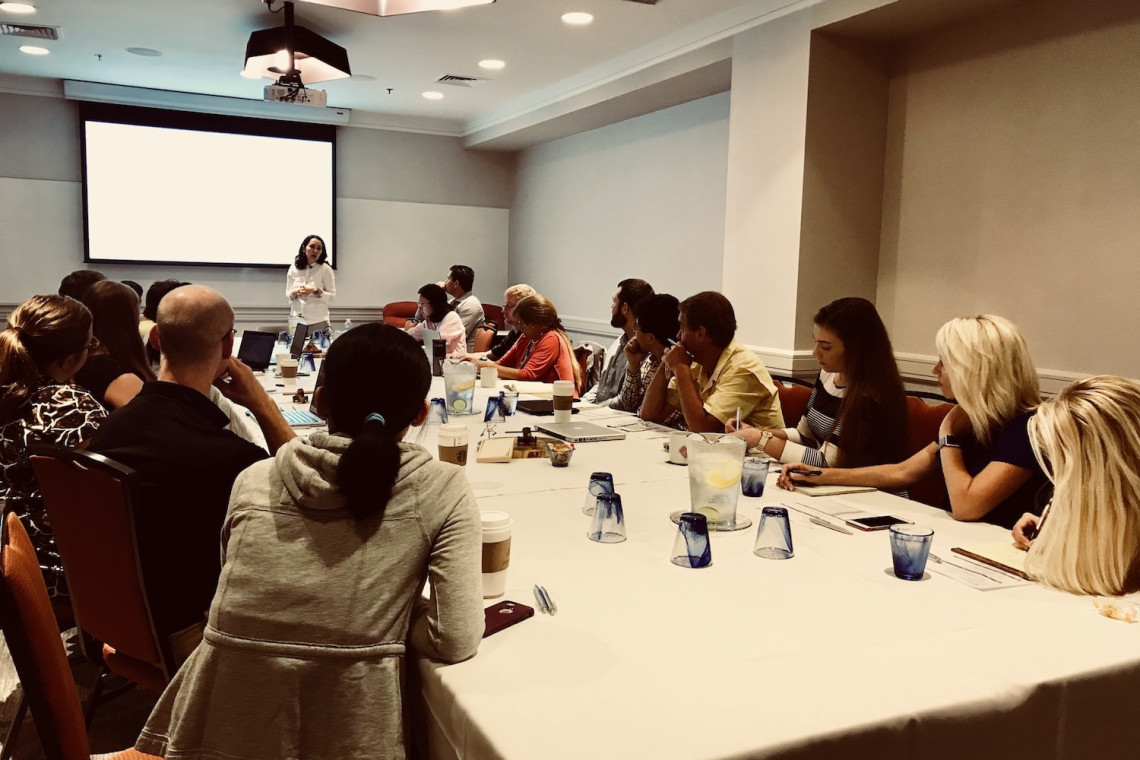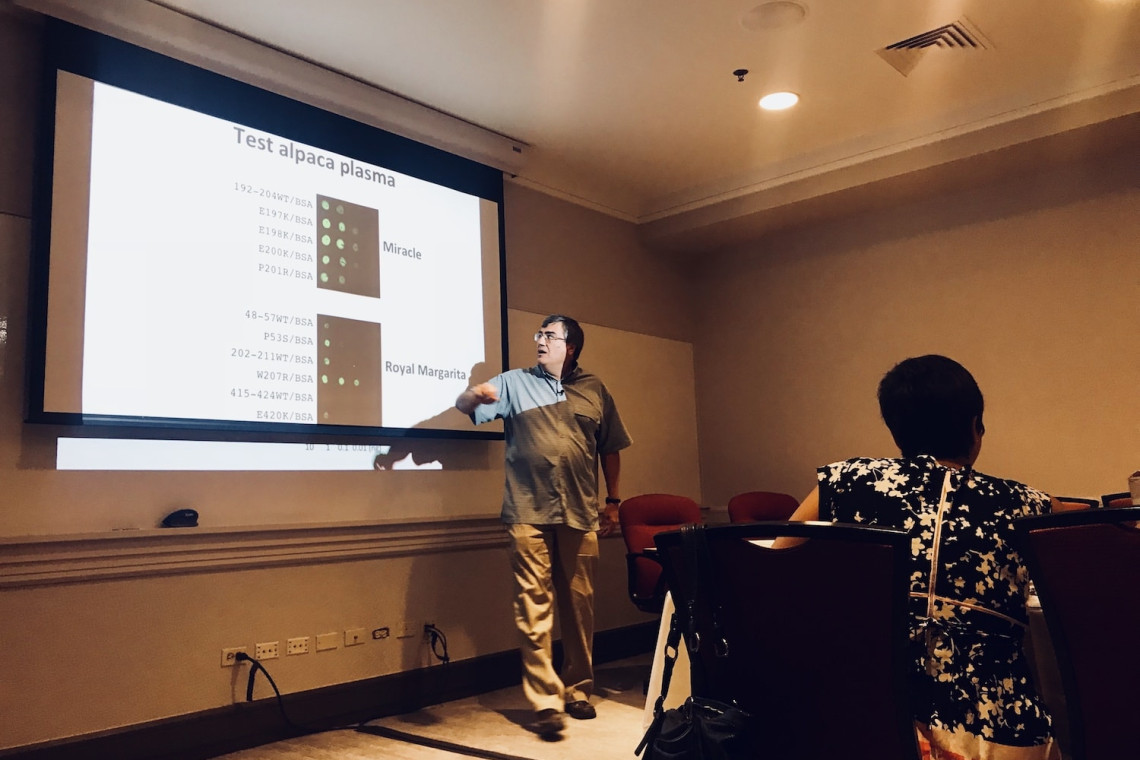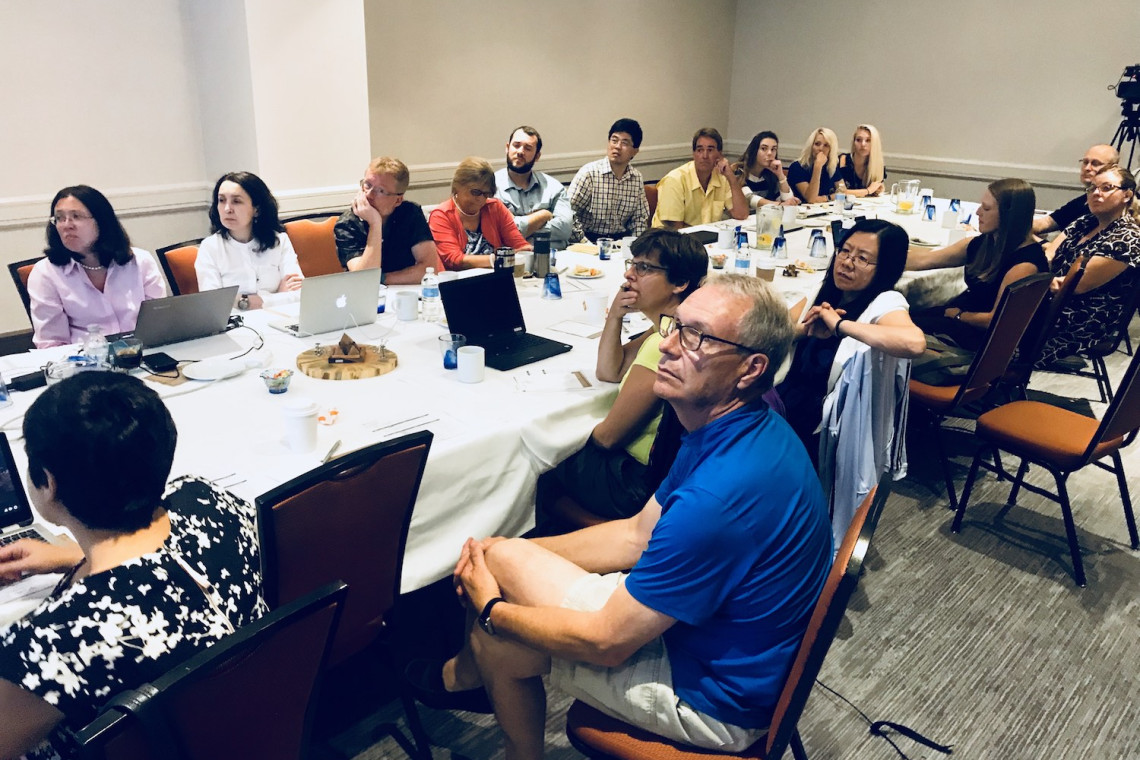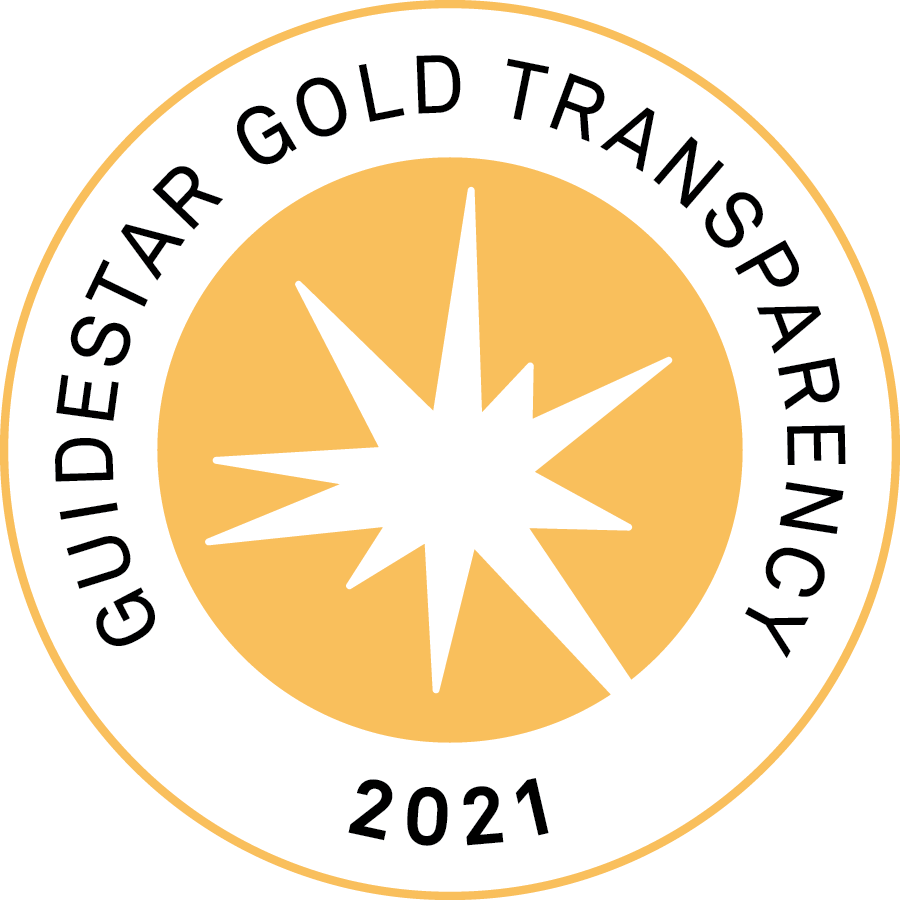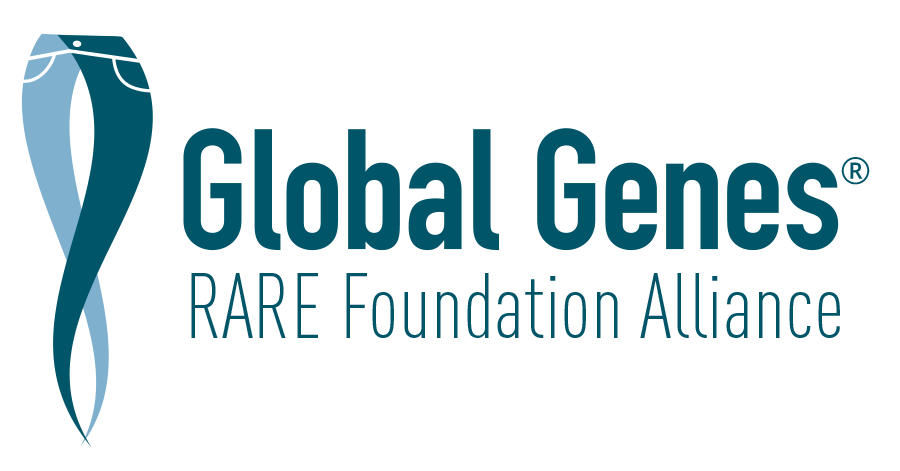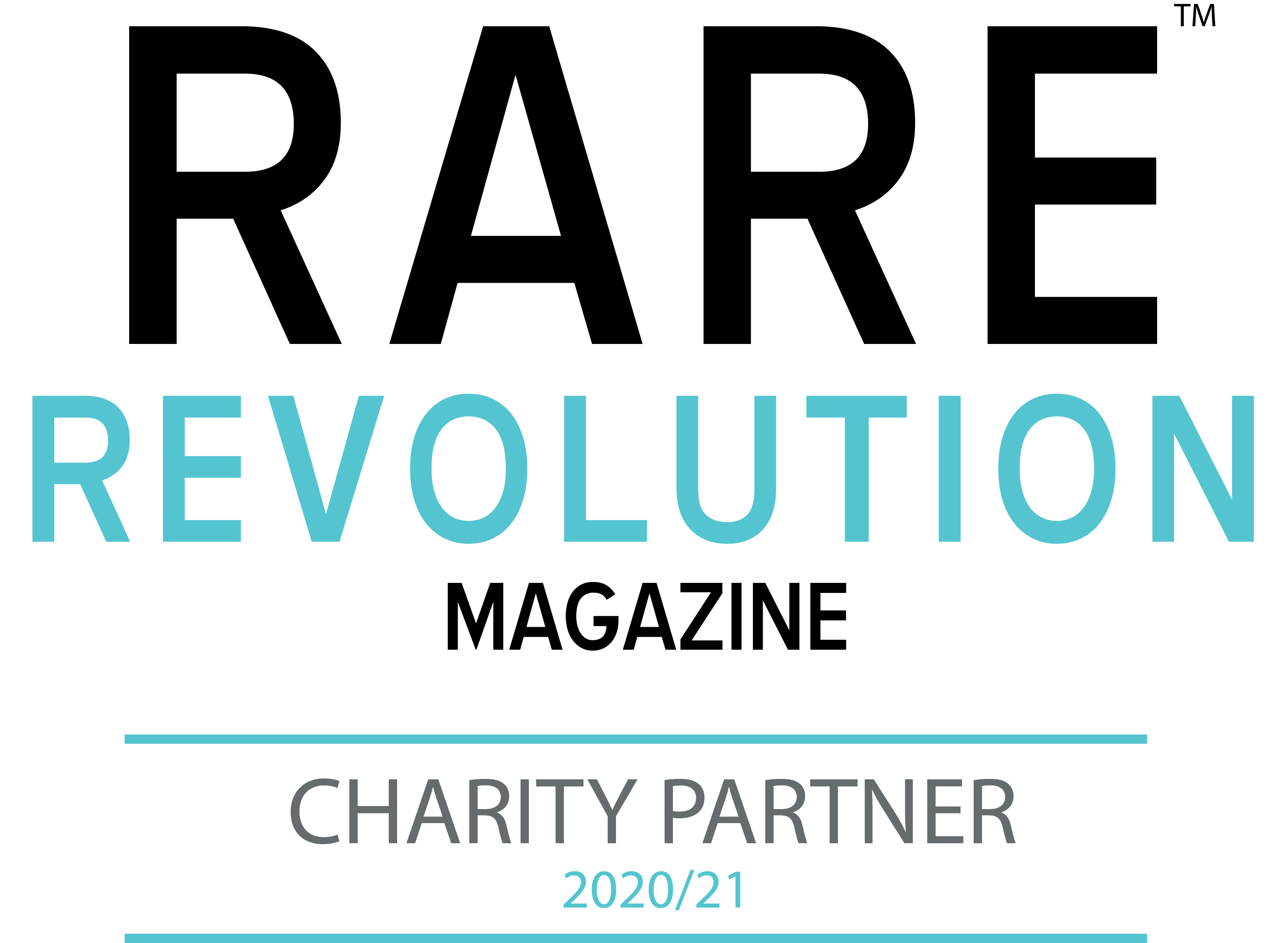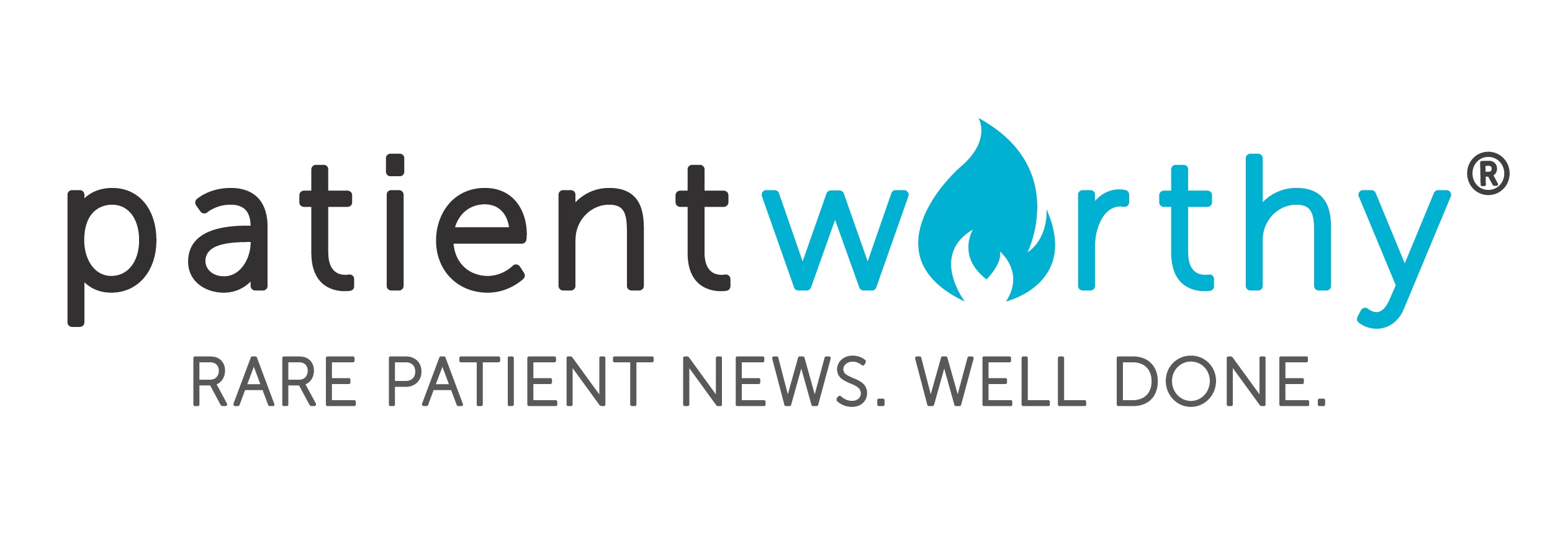The Jordan’s Guardian Angels research team converged in Denver, Colorado last weekend to collectively discuss the progress made in our quest to reverse, treat or cure Jordan’s Syndrome, a recently-identified mutation in the gene PPP2R5D.
The meeting came shortly after the State of California allocated nearly $12 million in this year’s state budget to help fund our research. Jordan’s Guardian Angels is partnering with the UC Davis Institute for Regenerative Cures to facilitate the distribution of the funding. The Institute is also providing important support in multiple research functions, joining our international team of scientists and geneticists.
“Researchers are working together in a way that I’ve never seen researchers work together and pull together,” said JGA lead medical investigator Dr. Wendy Chung. “We have the best and the brightest in the world being able to think together, and the energy you can feel coming out of this is just exhilarating.”
Substantial milestones have been reached since the last time the research team met in December in New York City. The first collection of induced pluripotent stem cells (iPSCs), created from blood samples given by children impacted by Jordan’s Syndrome, were produced and distributed by the New York Stem Cell Foundation and Rutgers University.
“The iPSCs are useful to study how the PPP2R5D variants affect cell behavior,” said JGA researcher Dr. Richard Honkanen. “These studies will help us understand what is different in the variant cells versus normal cells. Finding out what is wrong represents the first step in the development of a potential cure.”
Several mouse models have also been created, so researchers can further study the impacts and causes of Jordan’s Syndrome. Our medical team also provided detailed updates regarding newly-produced clinical data, shedding further light on the genetic mutation and its specific variants. More than 60 people have now been diagnosed with Jordan’s Syndrome worldwide, though it’s believed there could be hundreds of thousands of undiagnosed cases.
“The amount of work that’s been done in the first year is pretty amazing,” said Jordan’s Guardian Angels co-founder Joe Lang. “10 years ago, it would’ve taken 10 years to get that first year’s work done. That’s how fast it’s moving.”
In the days and weeks following the Denver workshop, our researchers will develop a plan plotting a broad course of the study over the next three years. Momentum continues to build toward reaching our goal of treating or reversing Jordan’s Syndrome. The genetic mutation is also believed to be linked to – and may bring breakthroughs for – autism, Alzheimer’s and cancer.
